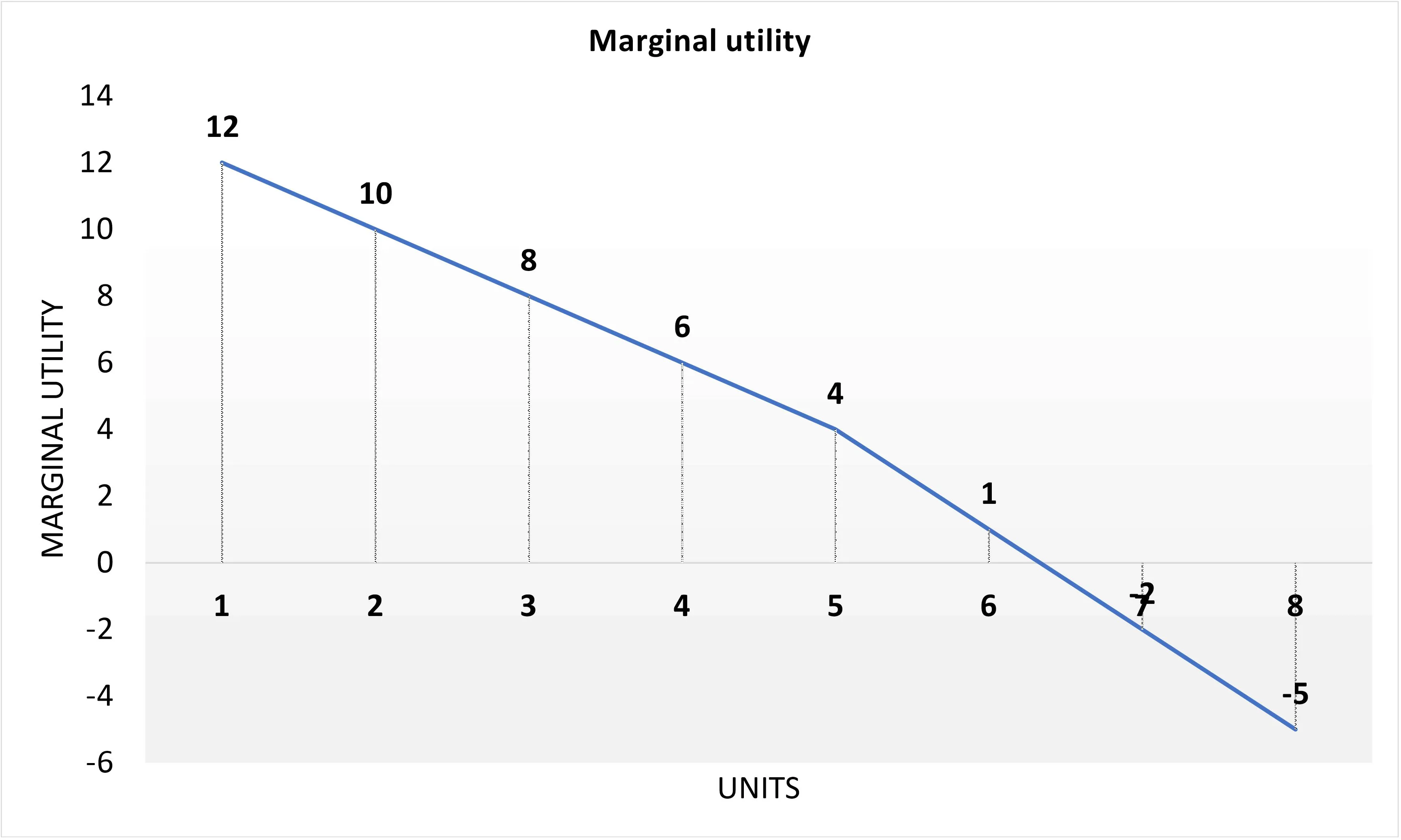Utility
Utility is a term that is often used to refer to the usefulness or value of something. It is a concept that is often used in economics to refer to the usefulness or value that an individual derives from a good or service. Utility can be thought of as the satisfaction or pleasure that a person gets from consuming a good or service, and it is an important concept in economics because it helps to explain why people make certain choices and decisions about what to buy and consume. In this sense, utility and usefulness are closely related, as both refer to the value that someone gets from something. However, utility is a more specific term that is used in economics to refer to the satisfaction or pleasure that someone gets from consuming a good or service, while usefulness is a more general term that can refer to the value that someone gets from something in any context.
- "Ordinal" utility refers to the concept of one good being more useful or desirable than another.
- "Cardinal" utility is the idea of measuring economic value through imaginary units, known as "utils."
- Marginal utility is the utility gained by consuming an additional unit of a service or good.
Marginal Utility
In economics, marginal utility refers to the additional satisfaction or pleasure that a person derives from consuming one more unit of a good or service. It is a concept that is used to explain how the value of a good or service changes as more of it is consumed.
For example, consider a person who is thirsty and has a glass of water. The first glass of water that they drink will likely provide a lot of satisfaction, as it will quench their thirst. However, if they continue to drink glass after glass of water, the marginal utility that they get from each additional glass will decrease. Eventually, they will reach a point where they are no longer thirsty and the additional water they drink will not provide any additional satisfaction.
Marginal utility is an important concept in economics because it helps to explain why people make certain choices and decisions about what to buy and consume. It is often used to analyze how people make decisions about how much of a good or service to consume, as well as how they value different goods and services.
Law of Diminishing Marginal Utility
Alfred Marshall who was the famous exponent of the marginal utility analysis has stated the law of diminishing marginal utility as follows:
“The additional benefit which a person derives from a given increase of his stock of a thing diminishes with every increase in the stock that he already has.”
The law of diminishing marginal utility is a principle in economics that states that as a person consumes more of a good or service, the additional satisfaction or utility that they derive from each additional unit will decrease. In other words, the first unit of a good or service that a person consumes will typically provide a lot of utility, but as they consume more and more units, the marginal utility that they get from each additional unit will decrease.
This law is based on the idea that people's wants and needs are generally satisfied by a certain level of consumption, and once this level is reached, additional consumption will not provide much additional satisfaction. For example, if a person is hungry and eats a meal, the first few bites of food will likely provide a lot of satisfaction. However, as they continue to eat, the marginal utility that they get from each additional bite will decrease, until they reach a point where they are full and no longer hungry. At this point, additional food will not provide any additional satisfaction.
The law of diminishing marginal utility is an important concept in economics because it helps to explain why people make certain choices and decisions about what to buy and consume. It is often used to analyze how people make decisions about how much of a good or service to consume, as well as how they value different goods and services.
The law of diminishing marginal utility makes several assumptions:
- The goods being consumed are identical.
- The units are consumed quickly with few breaks in between.
- Units are not too big or too small.
- The consumer's taste is constant.
- There is no change in the price of the goods or of their substitutes.
- The unit can be measured.
- The consumer is making rational decisions about consumption.
|
Cup of Tea (Consumed per day) |
Total Utility (Units) |
Marginal Utility (Units) |
| 1 | 12 | 12 |
| 2 | 22 | 10 |
| 3 | 30 | 8 |
| 4 | 36 | 6 |
| 5 | 40 | 4 |
| 6 | 41 | 1 |
| 7 | 39 | -2 |
| 8 | 34 | -5 |
Consider the above Table, which presents the total and marginal utilities derived by a person from cups of tea consumed per day. When one cup of tea is taken per day, the total utility derived by the person is 12 units. And because this is the first cup its marginal utility is also 12.
With the consumption of 2nd cup per day, the total utility rises to 22 but marginal utility falls to 10. It will be seen from the table that as the consumption of tea increases to six cups per day, marginal utility from the additional cups goes on diminishing (i.e., the total utility goes on increasing at a diminishing rate).
However, when the cups of tea consumed per day increase to seven, then instead of giving positive marginal utility, the seventh cup gives negative marginal utility equal to -2. This is because too many cups of tea consumed per day (say more than six for a particular individual) may cause him acidity and gas trouble. Thus, the extra cups of tea beyond six to the individual in question give him disutility rather than positive satisfaction.


In the above graphical representation, the constructed rectangles is representing the total utility obtained from various numbers of cups of tea consumed per day. As will be seen in the Figure, the length of the rectangle goes on increasing up to the sixth cup of tea and beyond that length of the rectangle declines, indicating thereby that up to the sixth cup of tea total utility obtained from the increasing cups of tea goes on increasing whereas beyond the 6th cup, total utility declines. In other words, marginal utility of the additional cups up to the 6th cup is positive, whereas beyond the sixth cup marginal utility is negative.
The marginal utility obtained by the consumer from additional cups of tea as he increases the consumption of tea has been shaded. A glance at the Figure 3 will show that this shaded area goes on declining which shows that marginal utility from the additional cups of tea is diminishing. We have joined the various rectangles by a smooth curve which is the curve of total utility which rises Up to a point and then declines due to negative marginal utility.



